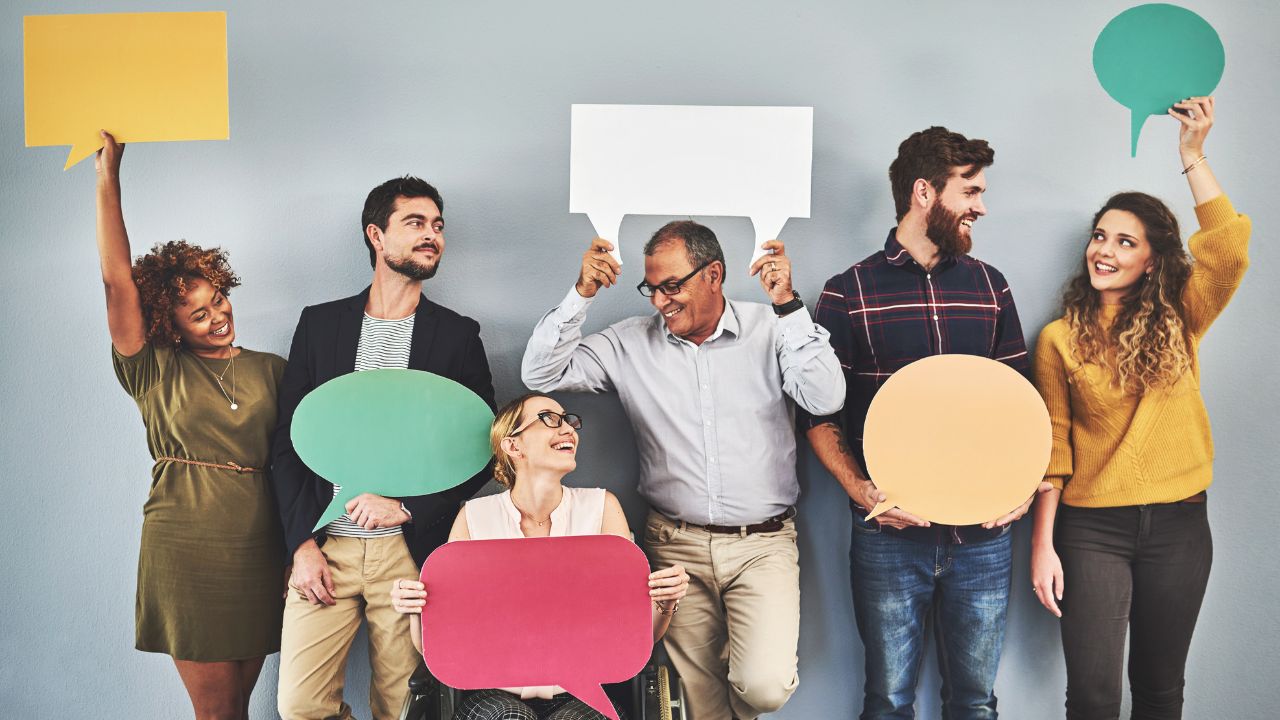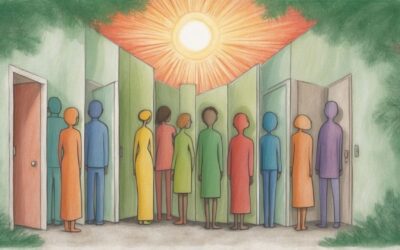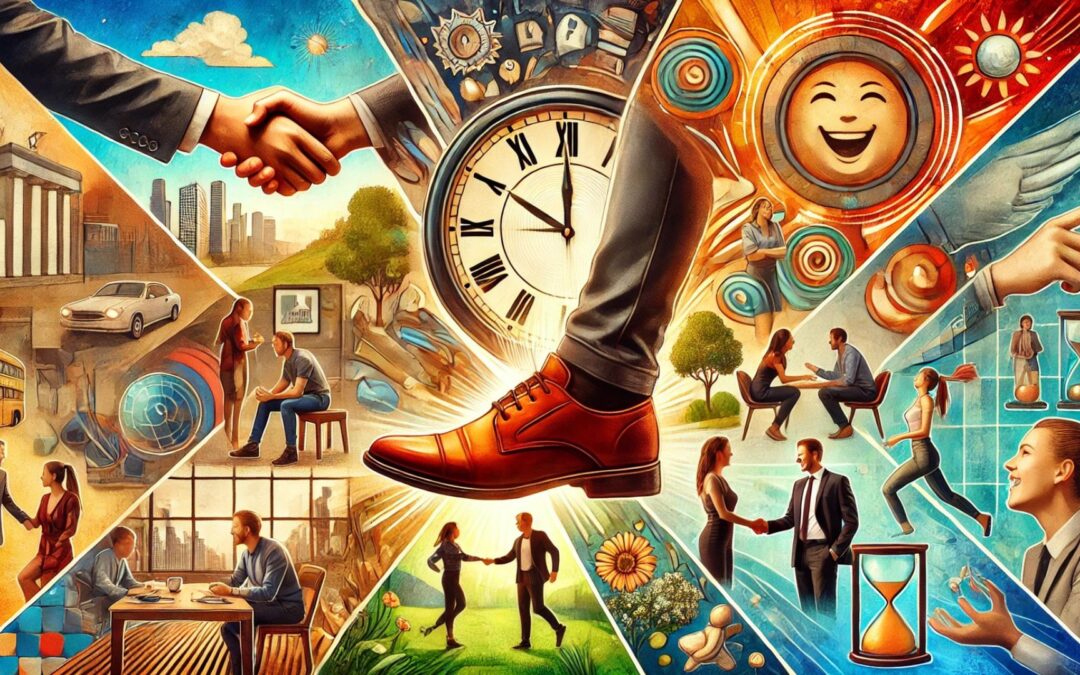The Role of the Media in Shaping Public Opinion
From the time we wake up to the time we go to bed, we are constantly bombarded with news from the media, whether it be through television, newspapers, or social media. As a result, the media plays a crucial role in shaping our opinions on various topics, from politics to entertainment and beyond.
In this article, we will explore the ways in which the media influences public opinion and the impact it has on society as a whole.
· Agenda Setting
One of the most significant ways the media shapes public opinion is through agenda-setting. This is the process by which the media decides which topics and issues to cover and how they are presented to the public. Essentially, the media has the power to frame the conversation around certain topics, which can ultimately influence how people think about them.
For example, during election seasons, the media may focus heavily on certain candidates or issues, leading the public to form opinions based on what they see and hear. In this way, the media has the power to sway public opinion in favor of one candidate or political party over another.
· Selective Reporting
Another way the media can shape public opinion is through selective reporting. This is the process by which the media chooses which stories to report on and which to ignore. By selectively reporting on certain stories and ignoring others, the media can influence how the public perceives a particular issue.
For example, if the media only reports on negative news about a particular group or organization, the public may develop a negative perception of that group or organization, even if there is positive news that is not being reported. In this way, the media has the power to shape public opinion by selectively reporting on certain stories.
· Framing
Framing is the way in which the media presents information to the public. By framing information in a certain way, the media can influence how people interpret it. For example, if the media presents a story about a politician in a negative light, the public may view that politician negatively, even if there are positive aspects to their character or policy positions.
On the other hand, if the media presents a story in a positive light, the public may view the subject of the story in a more positive light. In this way, the media has the power to frame the conversation around certain topics, which can ultimately influence how people think about them.
· Opinion Leaders
Opinion leaders are individuals or groups that have a significant impact on public opinion. The media can play a role in shaping public opinion by highlighting the opinions of opinion leaders. For example, if a celebrity or influential public figure expresses an opinion on a particular topic, the media may give that opinion more weight and influence how the public thinks about the issue.
· Social Media
Social media has become an increasingly powerful tool for shaping public opinion. Through platforms like Twitter and Facebook, individuals can share their opinions and perspectives with a global audience. Social media also allows for the rapid dissemination of information, making it easier for individuals and groups to influence public opinion on a particular issue.
However, social media also has its downsides. With the rise of fake news and misinformation, it can be difficult to discern what is true and what is not. This can lead to the spread of false information and conspiracy theories, which can ultimately shape public opinion in dangerous ways.
The Impact of Media on Society
The media’s influence on public opinion can have a significant impact on society. For example, media coverage of police shootings and racial inequality has led to a growing awareness of these issues and a call for change. Similarly, media coverage of environmental issues has led to increased awareness and action to address climate change.
However, the media can also have a negative impact on society. For example, sensationalized reporting can lead to a distorted perception of reality, leading to fear, anxiety, and even panic among the public. This can be particularly problematic in times of crisis, such as natural disasters, terrorist attacks, or pandemics, where the media’s coverage can exacerbate the situation and cause harm to individuals and communities.
Moreover, the media’s influence on public opinion can also have political implications. In democracies, the media plays a crucial role in shaping public opinion and influencing political outcomes. Media coverage of political campaigns, for example, can affect voters’ perceptions of candidates and their positions, ultimately influencing the election results.
However, the media’s influence on politics can also be problematic, particularly when it comes to issues of bias and partisanship. In recent years, the media has been criticized for promoting certain political agendas or ideologies and for perpetuating a polarized political environment.
Conclusion
The media plays a crucial role in shaping public opinion on a wide range of issues, from politics to social and environmental issues. Through agenda setting, selective reporting, framing, opinion leaders, and social media, the media has the power to influence how people think and feel about certain topics.
However, the media’s influence on public opinion is not without its drawbacks. Sensationalized reporting, fake news, and biased reporting can distort reality and perpetuate negative stereotypes and misconceptions. Moreover, the media’s influence on politics can be problematic, particularly when it comes to issues of bias and partisanship.
As media consumers, it is important to be aware of the media’s influence on our opinions and to critically evaluate the information we receive. By doing so, we can ensure that our opinions are based on accurate information and that we are not being unduly influenced by media bias or sensationalism.
Keywords
- Media: Forms of communication that reach large audiences, such as television, newspapers, and the internet.
- Public Opinion: Views held by a group of people about a particular issue, product, or person.
- Society: A group of individuals living in a particular geographic area who share a common culture and institutions.
- Agenda Setting: The process by which the media decides which topics and issues to cover and how they are presented to the public.
- Selective Reporting: The process by which the media chooses which stories to report on and which to ignore.
- Framing: The way in which the media presents information to the public.
- Opinion Leaders: Individuals or groups that have a significant impact on public opinion.
- Social Media: Online platforms that allow users to create, share, and exchange information and ideas with others.
- Misinformation: False or inaccurate information that is spread unintentionally or deliberately.
- Fake News: Deliberately misleading or fabricated news stories.
- Sensationalized Reporting: Reporting that exaggerates or sensationalizes the facts in order to attract attention or increase viewership.
- Bias: Prejudice or favoritism towards a particular group or ideology.
- Partisanship: Strong support for a particular political party or ideology.
- Polarization: The process by which individuals and groups become more ideologically divided and less willing to compromise.
- Democracy: A system of government in which power is held by the people, usually through elected representatives.
- Natural Disasters: Events such as hurricanes, earthquakes, and floods that are caused by natural forces.
- Terrorism: The use of violence and intimidation in the pursuit of political aims.
- Pandemics: An outbreak of a disease that spreads across a large geographic area and affects a large number of people.
- Environmental Issues: Problems related to the natural world, such as climate change, pollution, and habitat destruction.
Election Results: The outcome of an election, usually determined by the number of votes cast for each candidate or political party.












0 Comments
Trackbacks/Pingbacks